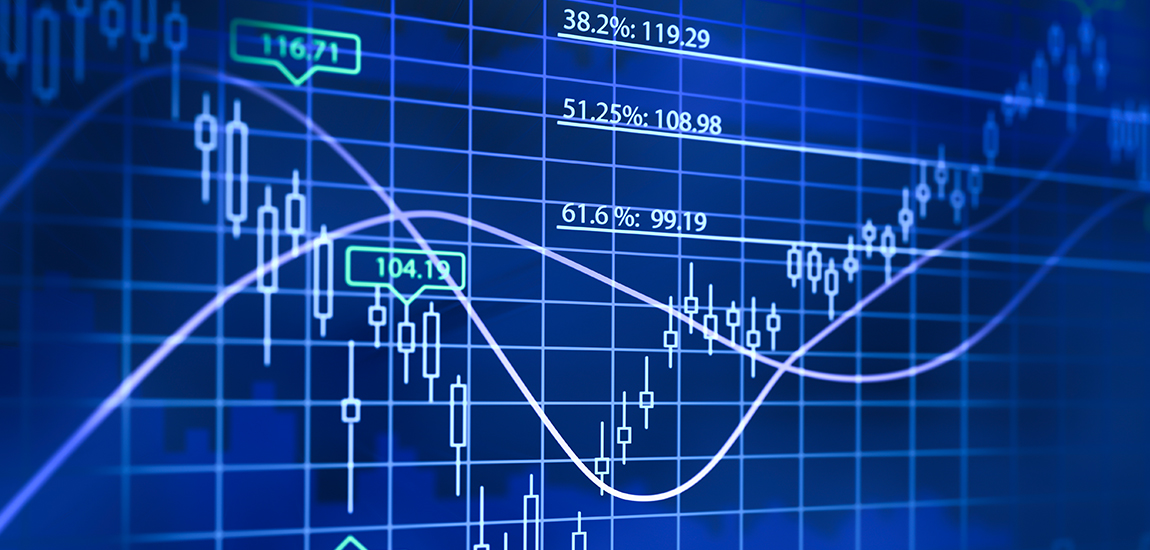
When Volatility Calls, NYSE DMMs Answer

Our recent article, “NYSE DMMs: Meeting the Volatility Challenge” highlighted our performance when liquidity spiked on January 24, 2022. We showed that NYSE-listed companies had tighter quoted spreads compared to Nasdaq-listed companies and achieved 2 times better accuracy on the opening auction and 3 times better accuracy on the closing auction1. In this article, we take a deeper dive into NYSE listed-company performance when volatility is high, with a special focus on the Designated Market Maker (DMM).
We reviewed market quality and DMM statistics from the start of 2021 through mid-February 2022. We tracked all corporate issues, including SPACs and ADRs, and calculated statistics for each stock on their most volatile days separately from less volatile days2. We then compared quoted spreads, open and closing auction accuracy, DMM liquidity provision and price improvement on volatile and less volatile days.
DMMs are there when you need them…
The chart above shows two statistics that highlight this commitment. Nearly 30% of the liquidity providing volume that DMMs execute improves the national best price, meaning their orders narrow the quoted spread and lowers the cost to trade. When volatility increases, the share of their price-improving volume increases slightly despite the more challenging trading environment.
The second chart shows that NYSE DMMs increased their participation rate3 by a ratio of 7.3% on volatile days. This compares to a 11.0% drop by other market makers that do not have the DMM’s obligations.
Share of DMM Volume That Improves the NBBO
Liquidity Provision Change
DMM Liquidity Provision vs. Quote Volatility
February 11, 2022
DMM Provide Participation is indexed to 12:00PM = 100. The horizontal axis is also reformatted to just show time.
NYSE-listed securities boast superior market quality metrics
News announcements on company earnings and geopolitical events are often made outside of market hours. News breaking between the prior day’s close and the current day’s opening result in volatility usually being highest following the opening auction. NYSE stocks exhibit much lower volatility post-open than Nasdaq stocks. On volatile days, Nasdaq open auction accuracy worsens by more than 60 basis points, nearly twice the change on NYSE.
Similarly, NYSE’s closing auctions hew much closer to late day trading than Nasdaq’s, and the advantage increases when the market is volatile. NYSE closing slippage on volatile days is more than 20% better than Nasdaq’s closing slippage on less volatile days!
Open Auction Price Dislocation
Closing Auction Price Dislocation
Spreads tend to widen as well as volatility sparks. Prices tend to move in one direction, which means market makers are more likely to be forced into losing positions. To offset this risk, market makers increase spreads at these times. NYSE spreads widen by 53.6 basis points on average on high volatility days compared to a 77 basis point jump for Nasdaq-listed stocks.
Consolidated Quoted Spread
The Wrap
There have been many episodes of extreme volatility in recent history, and with political and economic uncertainty across the world we can likely expect more volatile days in the future. The NYSE DMM is the only market participant obligated to meaningfully provide liquidity and contribute to price discovery in any market condition. This unique obligation produces higher market quality at the open, the close, and throughout the day for NYSE-listed companies.
- We measure open price accuracy/dislocation as the difference between the VWAP in the five minutes of trading following the open auction and the open auction price. We calculate close price accuracy/dislocation as the difference between the close auction price and the VWAP in the last two minutes prior to the close. Both measures are in basis points.
- We used the 10% days with the widest trading ranges.
- We measure the participation rate as the total volume executed by the DMM or market maker from displayed liquidity providing orders divided by total liquidity providing volume executed on the NYSE.
- We measure quote volatility as the average second-to-second mid-quote percentage change annualized.
NYSE Research Insights
Find all of NYSE Research's articles on market quality, market structure, auctions, and options.
